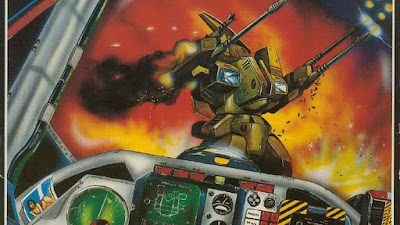So, I'm back on my BattleTech bullshit. The construction rules in the original BattleTech rulebook included this handy chart.
Multiply the tonnage of your mech by its walking speed in movement points. That gives you the engine rating needed for you mech design. Look at this table to find how much the requisite fusion engine weighs. And the manufacturer of that engine, which has never had any impact on play, in my experience. But it is kinda funny to discover that your giant robotic killing machine is powered by Nissan or General Motors.
But what finally struck me the other day, nearly thirty years after first encountering this chart, is that this chart has more entries than it needs.
Mechs are always designed in tonnages divisible by five, between 10 and 100 tons inclusive. Walking speeds are always positive integers, generally between 2 and 10. That means that there are some engine ratings that appear on the chart but are mathematically impossible to achieve. My math suggests that, under the rules as written, there's no combination of tonnage and movement that will produce the following engine ratings: 115, 145, 155, 185, 205, 215, 230, 235, 265, 290, 295, 305, 310, 335, 345, 355, 365, 370, 395. Feel free to double check the numbers on that.
Is there anything to be done with this information? I dunno. Maybe someone should write a scenario where the attackers are raiding a stockpile of fusion engines, only to discover they are a bunch of Vlars that won't do a damn bit of good in any mech chassis in the whole damn Inner Sphere.






























































































































.JPG)



































.png)

.png)

.jpg)





















.gif)







"Sir, this is a Wendy's."
ReplyDeleteOh yeah, the classic "and your reward is a set of fine fusion engines (that do not fit any Battlemech)" MechWarrior scenario. That takes me back! LOL
ReplyDeleteYears ago I wanted a way to throw together a battlemech without having to waste time calculating the core components (internal structure, cockpit, engine and gyro) each time and get right to figuring out the armor and equipment, so I made a table. Mind you, I'm not a fan of the XL engine, endosteel and the like, so I did not have to bother with all that noise, so its just "level-1" rules. This was also good for figuring out how fast I could make a 'mech per tonnage (13 MP for a 15-ton 'mech; 1-ton available).
From the moment I started playing this game I always figured that there were engines that did not fit on a 'mech and some engines that were useful for multiple tonnages and the research helped.
Here are those engines that don't fit an any 'mech: 10, 15, 25, 55, 65, 85, 95, 115, 145, 155, 185, 205, 215, 230, 235, 265, 290, 295, 305, 310, 335, 345, 355, 365, 370, 285, 395.
The 120 and 180 are the most useful as they each can be mounted on six different tonnages.
Some of your numbers assume no one would be dumb enough to build a mech that only walks 1 MP per turn.
DeleteOh thanks for the reminder. I made the notes so long ago I forgot I omitted MP 1 'mechs from the calculations. Time for me to update my notes.
DeleteWhile I'm at it, I think I'll add the 5-ton Battledroid to the list as a lark. LOL Half-ton bones, 3-ton casket, half-ton toaster, 1-ton 'scope and no tons for anything else. Lets rollout!
I suspect this table is the remains of an older more convoluted and detailed construction system that never made it to press that was left in for convenience. I say this because there is a clear method to the madness that is the weights. For example if you were using a system where you picked the weight first and then determined the move from the options available to that weight you could say have a 20 ton mech with a 4 ton engine that had a move of 5 but could upgrade to a move of 6 if you managed to salvage something the same weight but with a 120 engine rating. This makes the lighter mechs more salvageable and the heavys more valuable - there is only one engine weight and rating that will give a 75 ton mech a move of 4. So I suspect it was something like that…
ReplyDelete